Much like summer reading, for me, summer movies have to fit a specific kind of feeling.1 Sometimes I want a zippy action flick, but more often, I’m looking for something to settle down with after a long day in the heat, clutching a glass of lemonade and listening to the crickets outside. Maybe I watched it for the first time on a summer night. Maybe it’s set in summertime2 or its vibrancy could pass for summer. Maybe it’s the kind of movie whose ideal viewing scenario is a drive-in theater. Above all, it’s one that feels as deliciously languid as a hot summer day.
N. B.: If you are a sensitive viewer, please check MPA ratings and content reviews.
The Quiet Girl (2022)
The Quiet Girl, directed by Colm Bairéad, adapts Claire Keegan’s exquisite novella Foster (2010). It’s set in the summer of 1981 in Ireland, when a girl is sent to live with relatives for the summer. There are shades of Anne of Green Gables with more realism than whimsy—an undercurrent, left to interpretation, runs through the film and the novella (reading it is shorter than watching the adaptation; the audiobook is only an hour). The Quiet Girl is beautifully and sensitively filmed and acted. It is sublimely detailed, yet simple in telling a complex story.
Mood: when you want to feel something and/or mentally spend your summer in rural Ireland.
The Secret World of Arietty (2010)
This was my first Studio Ghibli movie, so it will always have a soft place in my heart, but it’s also an adaptation of The Borrowers by Mary Norton, a series I have loved since childhood.3 The film is deliciously slow. It’s not a flashy animated movie with something new to look at every 1.8 seconds. You must watch this movie. The Borrowers is about a race of tiny people who live in big peoples’ houses, “borrowing” from them. When Arietty is seen by a full-size boy, what will happen to her family?
Mood: when you want the cinematic equivalent of looking for Thumbelina in a flower garden.
Stand by Me (1986)
Don’t let the peppy 1950s soundtrack deceive you: Rob Reiner’s summer flick about being a twelve-year-old boy slowly spins its tale, as if around a campfire. It’s a surprisingly sensitive tale about friendship, disillusionment, and the pain of growing into the harsh adult world. Based on Stephen King’s novella The Body,4 Stand by Me follows a pack of boys, best friends, who go forth on a quest in rural Oregon on Labor Day weekend in 1959. While it’s about children, it’s not for children. Stand by Me has become one of my favorites to watch in summertime because of its emotional core that cuts through the savage world the boys inhabit, and I think of it every time I walk across train tracks.
Mood: when you’re feeling reminiscent about childhood summers, thinking about that long-lost childhood best friend.
How to Steal a Million (1966)
This heist movie is less splashy than an Ocean’s installment, but does Frank Ocean rock a pillbox hat or drive a red Autobianchi Bianchina cabriolet through Paris? Didn’t think so. This movie knows how to tauten tension without being fast-paced. How to Steal a Million flirtatiously tells the story of the heiress of an art-forging family and an American thief who team up for a museum heist at the fictional Musée Kléber-Lafayette. It’s got all the style and color you could want from a 1966 film, an actor named Moustache, hilarity, and a speck of romance. How to Steal a Million is based on the short story “Venus Rising” in George Bradshaw’s Practise to Deceive (1962).
Mood: when you want a bit of a thrill but not, like, a ton of explosions.
An American in Paris (1951)
Paris again! It’s not that An American in Paris is slow, necessarily, but that films from this era seem slow to me as a modern viewer.5 If your Pinterest feed is anything like mine, you’re likely familiar with Leslie Caron’s reading ballet scene. While taking relationship advice from this movie is a bad idea, the tap dancing scenes and dream ballets make this movie musical a classic. In my book, movie musicals should revel in spectacle, and the more dream (and reading) ballets, the better. An American in Paris ends with a fantastic ballet set to George Gershwin’s 1928 symphonic poem of the same name. Watch it in honor of the late, great Brian Wilson: George Gershwin was one of his major influences.
Mood: when you’ve got rhythm and music and couldn’t ask for anything more.
Rear Window (1954)
No summer movie list is complete without Jimmy Stewart sweating it out in New York City with a full-leg cast. Like several other films on this list, it was based on a short story/novella.6 I love how tightly Hitchcock tells the story, the wee side plots of non-murderous neighbors, and Grace Kelly’s ever-changing wardrobe. Plus, a viewing of Rear Window is an excuse for us English majors to re-read Gayle Pemberton’s classic essay “Do He Have Your Number, Mr. Jeffrey?” If you’ve been stuck inside recovering in the summer, longing for adventure like L. B. Jeffries, you’ll know how time drags and how the mind will construct anything to stay active, even in the summer heat.
Mood: when you are a little bored with your summer and wishing something would happen.
The Hundred-Foot Journey (2014)
France again! The Hundred-Foot Journey is a modern film that feels like a period drama, and higher praise I cannot give. Like lingering over a supreme five-course meal, The Hundred-Foot Journey invites you to bask in its hospitality and taste its pleasures. It’s set in the cutthroat world of Michelin stars and competing cuisines. This movie is best viewed after a satisfying trip to your favorite Indian restaurant and/or accompanied by a fresh bruschetta board. The Hundred-Foot Journey is based on the 2008 novel of the same name by Richard C. Morais.
Mood: when you are reveling in the good food of summertime.
Well, I’ve watched or rewatched all my summer favorites, yet most of summertime remains. What are your favorite summer movies?
All of these movies are based on a book, short story, or novella, excepting one that was based on a musical work, so this is a reading list, too! (But I haven’t yet read most of these stories in their printed form.)
Don’t miss the rest of the book series (all illustrated by Joe & Beth Krush), when the Borrowers are Afield, Afloat, Aloft, and Avenged. The Borrowers Avenged is mapped onto the liturgical year, with the climax occurring on Holy Saturday night, and lots of action in a church.
If you’re thinking, “hmm, Stephen King? I don’t really do horror,” think the Stephen King who wrote Rita Hayworth and the Shawshank Redemption that was adapted into the 1994 film. Both novellas were published in the same 1982 collection, Different Seasons.
Films “back then” didn’t have to compete with being a second screen, so on, so forth, and what have you.
“It Had to Be Murder” by Cornell Woolrich, writing as William Irish, in the 1944 collection After-Dinner Story.


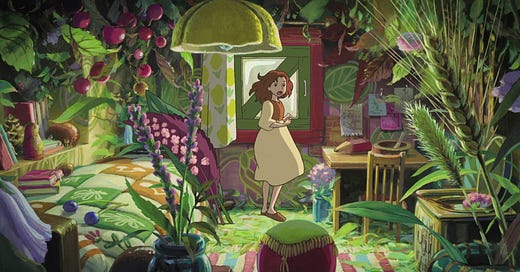


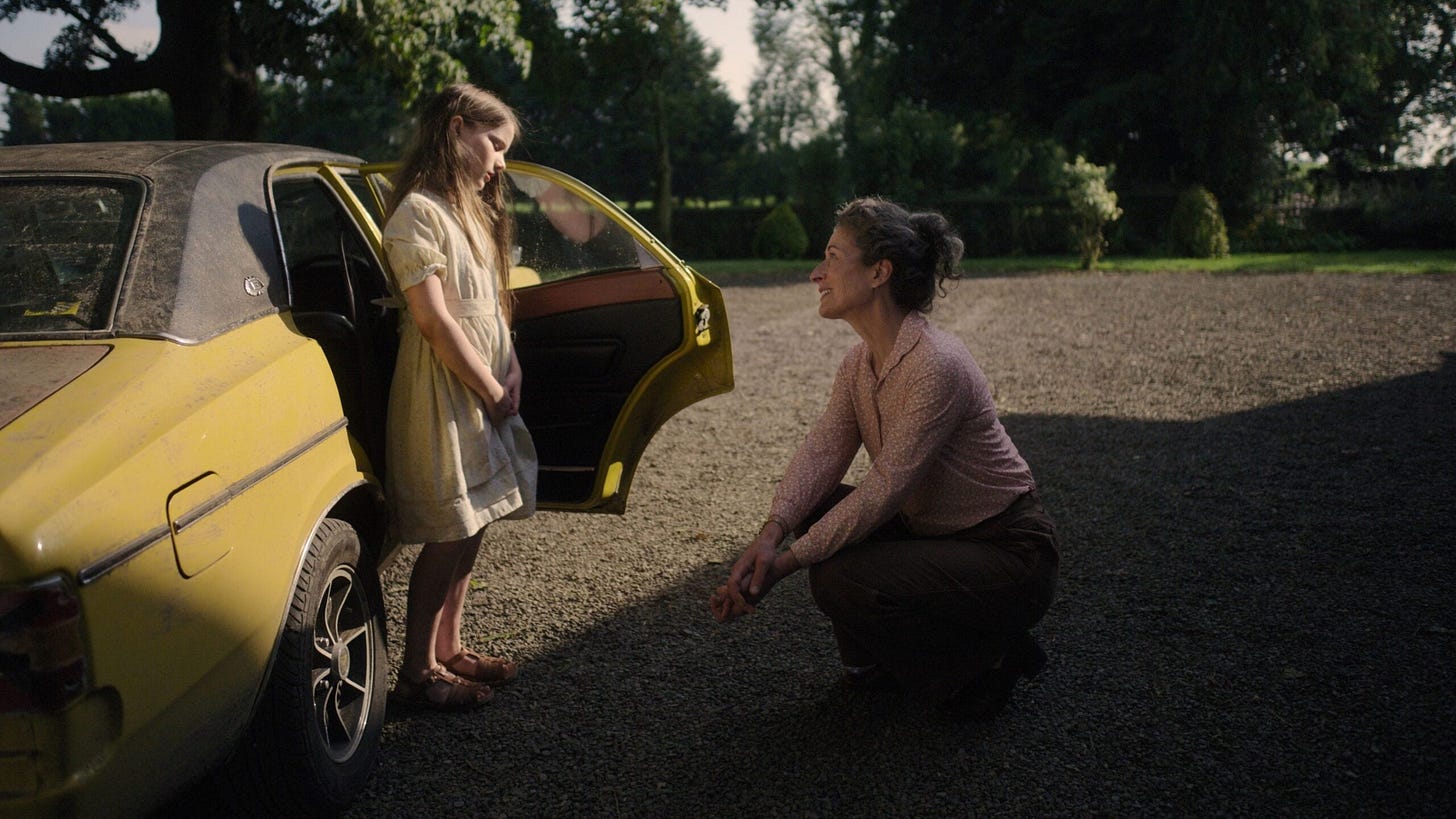



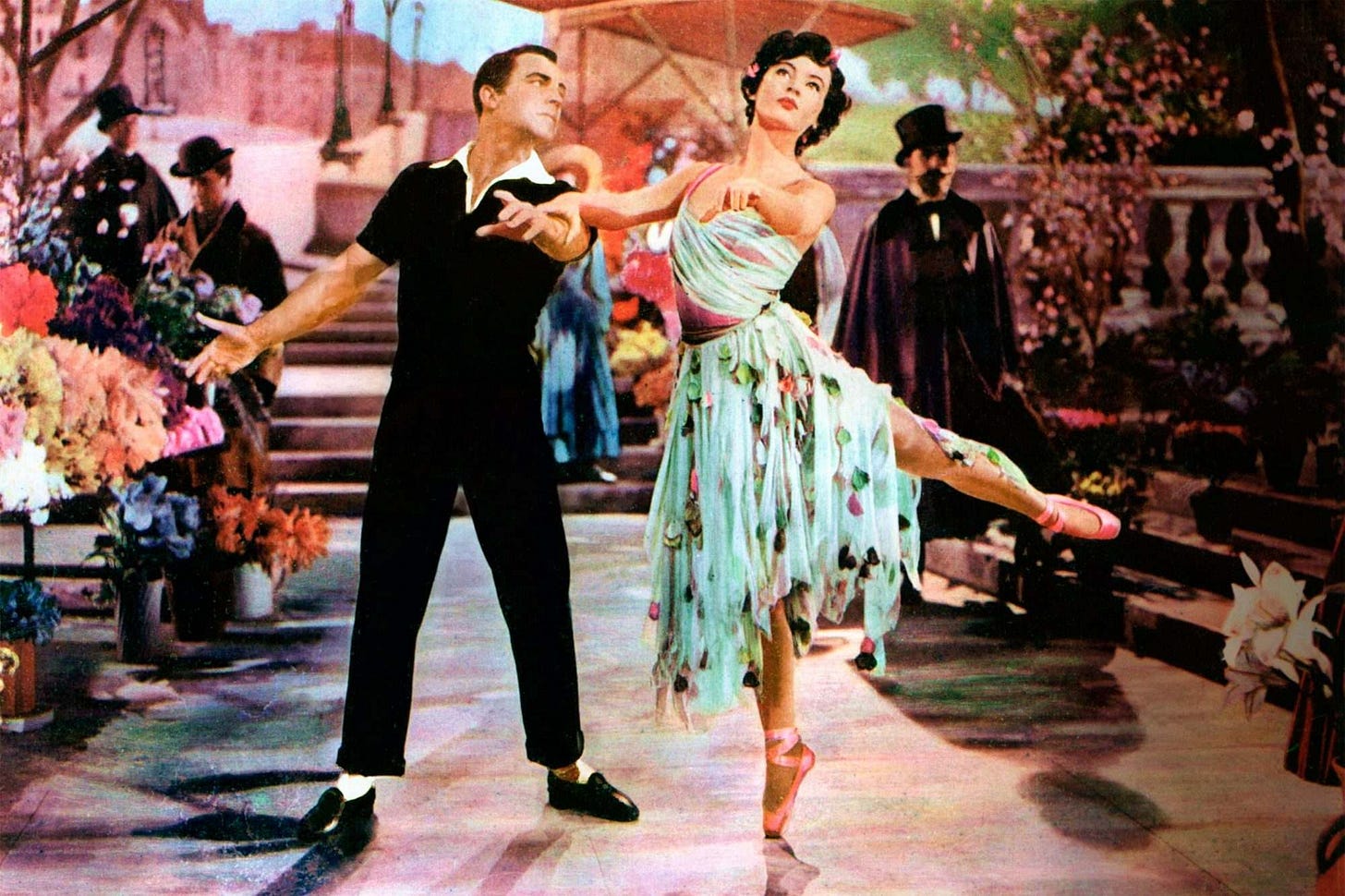
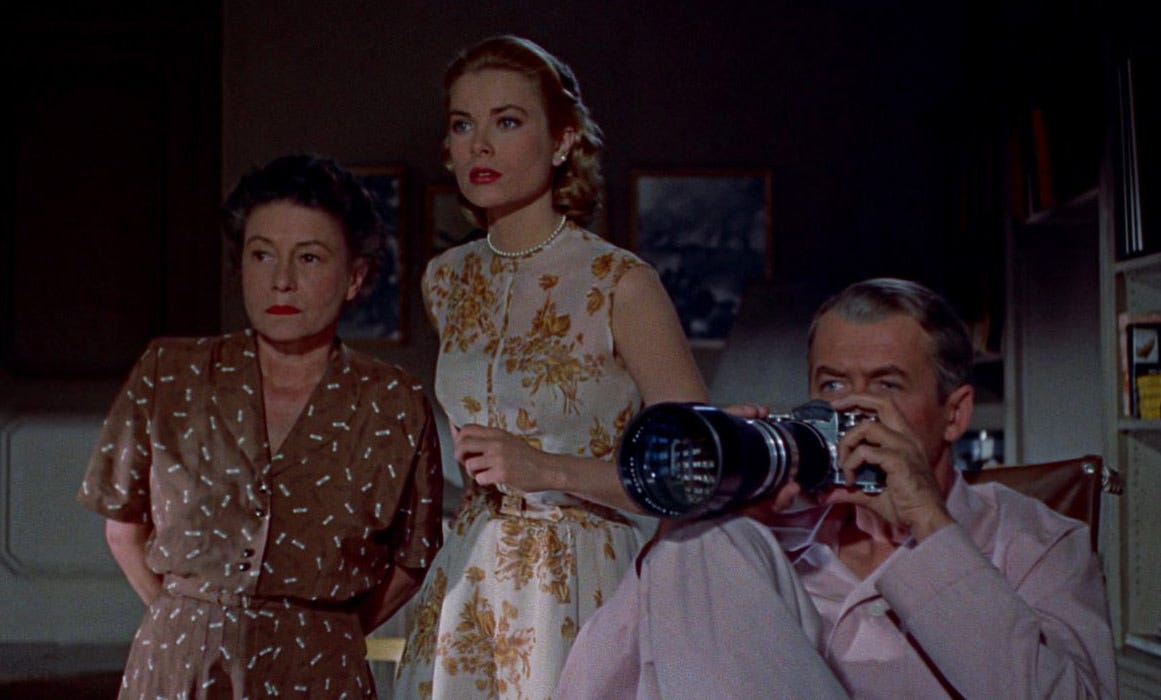
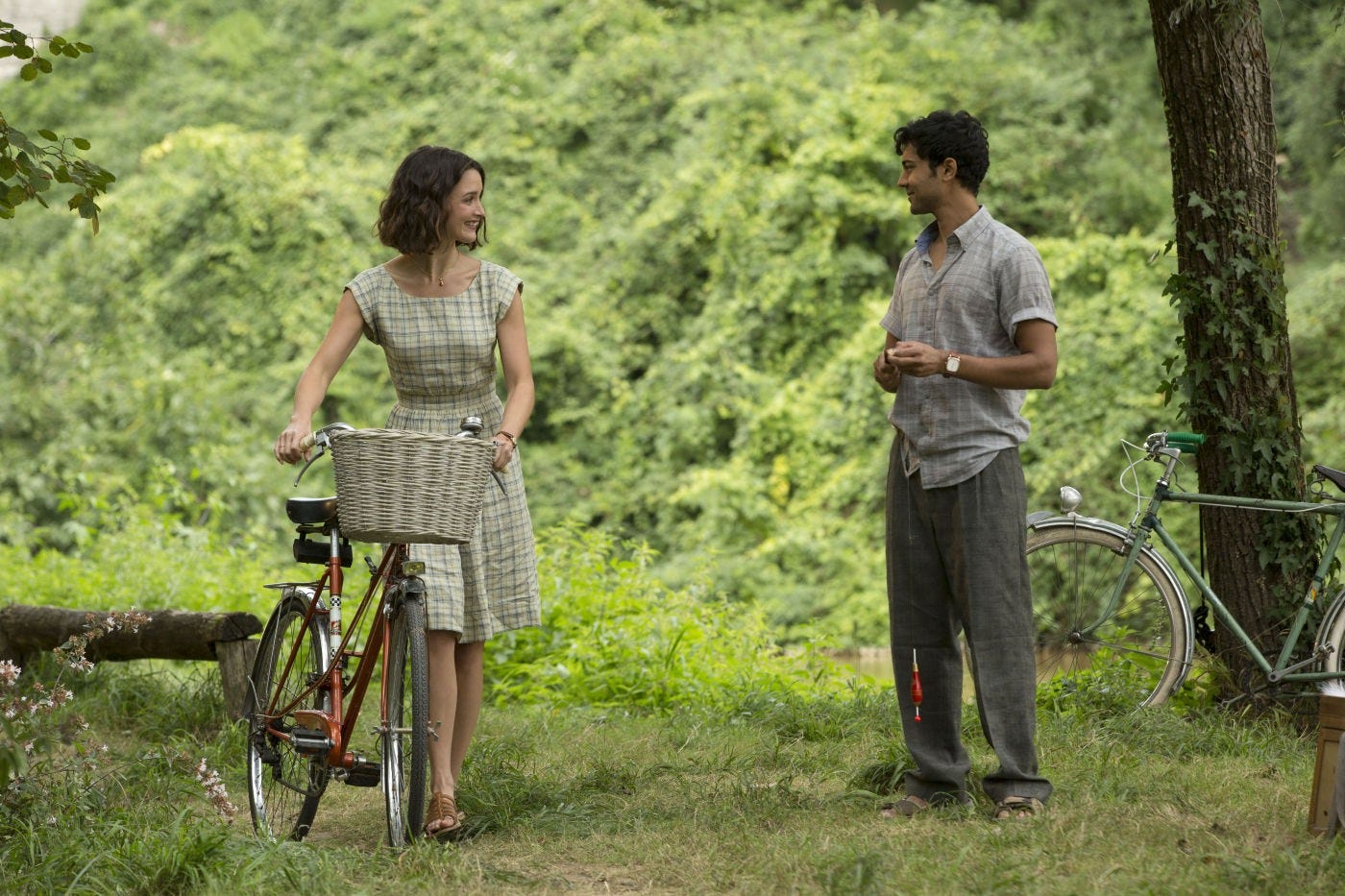
Great list! Have you seen The Taste of Things? I think it fits into this category nicely. And it's set in France!
Great list!!! Moonrise Kingdom by Wes Anderson & A League of Their Own are also on my summer list. Anderson captures the New England summer aesthetic, but of course it’s not just the looks it’s the mood, the contrast of possibilities and responsibilities. A League of Their Own is of course the best Baseball movie ever, so that one is self explanatory.